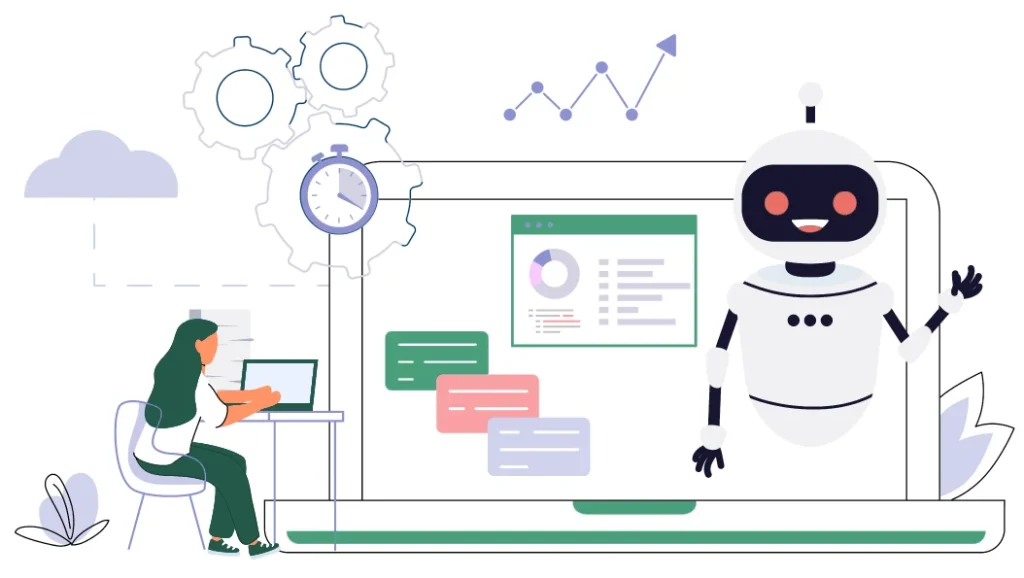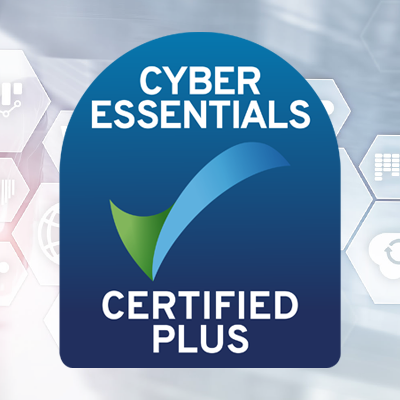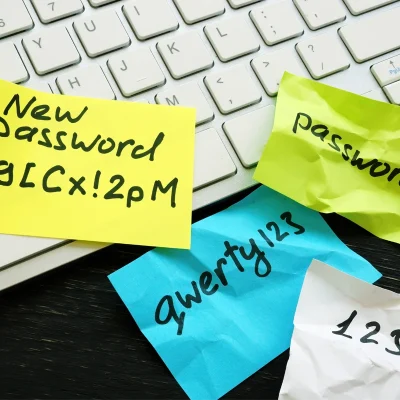Current AI tools can excel at answering questions, summarising information, and providing insights. However, when it comes to moving beyond the conversation to independently gathering data, and taking action, it can fall short.
This is where MCP servers come in, bridging the gap from passive information delivery to active and automated tasks.
What are MCP servers?
MCP is short for Model Context Protocol and is designed to standardise how applications provide context to large language models. The idea is to give different LLMs, such as ChatGPT or Claude, a common way to connect with external systems and expose their capabilities to the AI.
This then makes it possible for models to move beyond a passive Q&A and begin interacting with tools and data sources in a much more structured way. The protocol was introduced by Anthropic as an open standard to make this kind of integration accessible, and is being adopted by Google and OpenAI, the company behind ChatGPT.
While this protocol is very much in its infancy, it does have the scope to revolutionise how we interact with websites and systems.
How is that useful?
Imagine you’re planning a holiday. If you asked ChatGPT to “book me a hotel in Paris for three nights starting October 10th,” it can suggest hotels, but it would currently be unable to check live availability, prices, and make the reservation for you.
With MCP in place, the tool could connect to the travel booking systems, fetch real-time prices and availability, compare options, and then actually make the booking on your behalf (with your approval). It could even use what it knows about you, such as food allergies or if you are into fitness, to fine tune its selection.
To help manage your finances, you could ask your AI to pay your electricity bill and transfer £200 to your savings account. The tool would connect to your bank, check the account balance, transfer the money to your savings and schedule your bill payment.
From a business point of view, MCP-enabled tools could allow you to ask “Generate a sales performance report for Q3 2025, compare it with last year, and prepare an email to the executive team”.

How is it different from an API?
You may be familiar with the term API, short for Application Programming Interface. An API allows different systems to ‘talk’ to each other without exposing the entire inner workings of the system. The API defines a set of data formats, rules and functions for other applications to carry out specific actions or request specific information. That sounds similar to an MCP, but an MCP works more like a meta-layer between systems. It can wrap around APIs and other tools to give an AI model structured and contextual access.
API Application Programming Interface
- Purpose: A general interface for software systems to talk to each other.
- Scope: Extremely broad – weather apps, payment systems, social media integrations, databases, etc.
- Form: Usually REST, GraphQL, gRPC, SOAP, etc. over HTTP.
- Focus: Exposes specific functionality or data (e.g., “get me today’s forecast” or “charge this credit card”).
- Analogy: Think of it as a waiter in a restaurant – they can serve you anything as long as its on the defined menu.
MCP Model Context Protocol
- Purpose: A specialised protocol designed for AI models (like GPT) to talk to tools, data sources, or systems within a conversation.
- Scope: Narrower than an API – instead of being for all software, it is optimised for bridging LLMs and external services in real-time.
- Form: A standardised JSON-based protocol that lets the model request tools, get results, and maintain context.
- Focus: Not just “fetching data,” but orchestrating how the model uses tools, plugins, or APIs as part of reasoning.
- Analogy: More of a personal assistant who remembers your preferences, coordinates with multiple restaurants, and makes sure all the information is presented in a way that fits your ongoing conversation.



